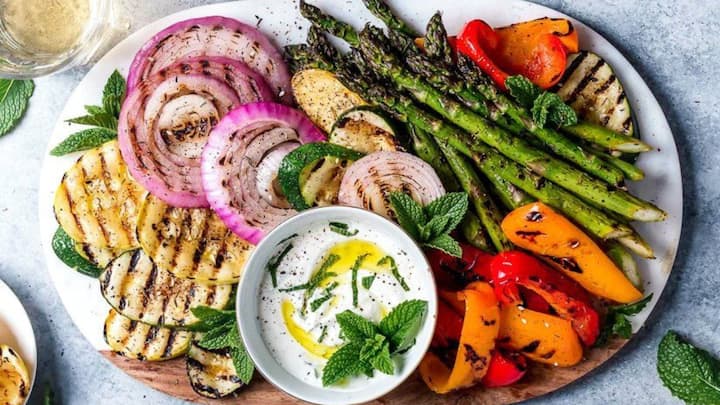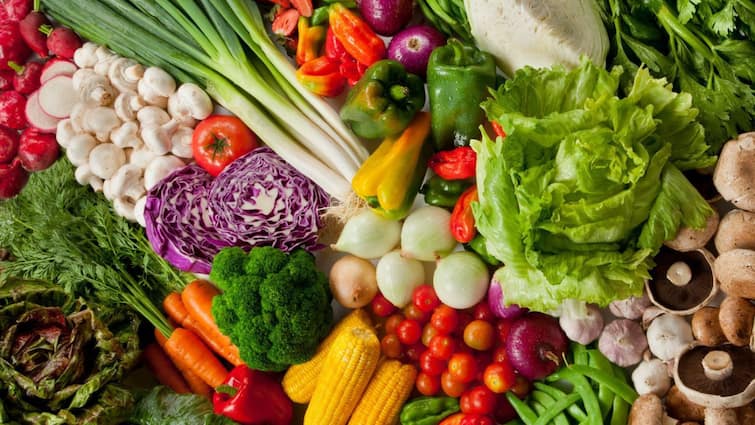Vegetables are essential for women to stay healthy and fit at all stages of their life. They are good sources of essential nutrients like dietary fibers, vitamins, potassium, minerals, folate, iron, and magnesium. If you are fussy or irritable when it comes to eating vegetables, you should quit this habit immediately. Increasing your intake of vegetables can do wonders in improving your immune system and heart health, helps in optimal weight management, maintains a healthy gut, and protects your skin from damage. There are various ways and tricks to include vegetables in your daily meals to increase your vegetable intake. (Image Source: Canva)

1. Incorporate vegetables into every meal: Incorporating a variety of vegetables into every meal can be a game-changer, especially for those who have a love-hate relationship with them. It’s a simple yet effective way to increase your vegetable intake without feeling overwhelmed or stressed. Incorporating vegetables into your daily meal can help you fine-tune your taste buds. Over time, this persistent habit can increase your inclination towards vegetables and healthy eating. (Image source: Pinterest/DinnerattheZoo)

2. Prepare them creatively: If you are someone who judges food based on how it looks or how it is cut, then you should try more creative ways to prepare your vegetables. Start experimenting with different cooking methods, such as roasting, grilling, boiling, or sautéing, to suit your unique taste preferences. You can even cut them in a variety of creative ways that make you curious about eating that dish. (Image source: Pinterest/skinnytaste)

3. Add a healthy twist to your regular meals: To increase your interest in eating vegetables, you can try adding a healthy and tasty twist to your usual dishes. Now you can eat your favorite foods without feeling guilty, for example, by turning your vegetables into chips, noodles, breads, cakes, soups, lasagna, and wraps. (Image source: Pinterest/annessard)

4. Variety is the key: Broaden your palate, but try new vegetables every week. This can help you ensure that you are getting an adequate amount of essential nutrients from these vegetables. Make sure to push your limits and eat vegetables that you normally don’t like, such as pumpkin, candida gourd, bitter gourd, tinda (round squash), radish, mushroom, squash, broccoli, lotus stem (Kamal kakdi) and striated gourd (turai). (Image source: Pinterest/hinagujral)

Contributions from: Dr Veena Pai, Dietitian, Lilavati Hospital, Mumbai (Image source: ABPLIVE AI)
Posted on: 06 Sep 2024 12:39 PM (IST)
Disclaimer:
The information contained in this post is for general information purposes only. We make no representations or warranties of any kind, express or implied, about the completeness, accuracy, reliability, suitability or availability with respect to the website or the information, products, services, or related graphics contained on the post for any purpose.
We respect the intellectual property rights of content creators. If you are the owner of any material featured on our website and have concerns about its use, please contact us. We are committed to addressing any copyright issues promptly and will remove any material within 2 days of receiving a request from the rightful owner.

